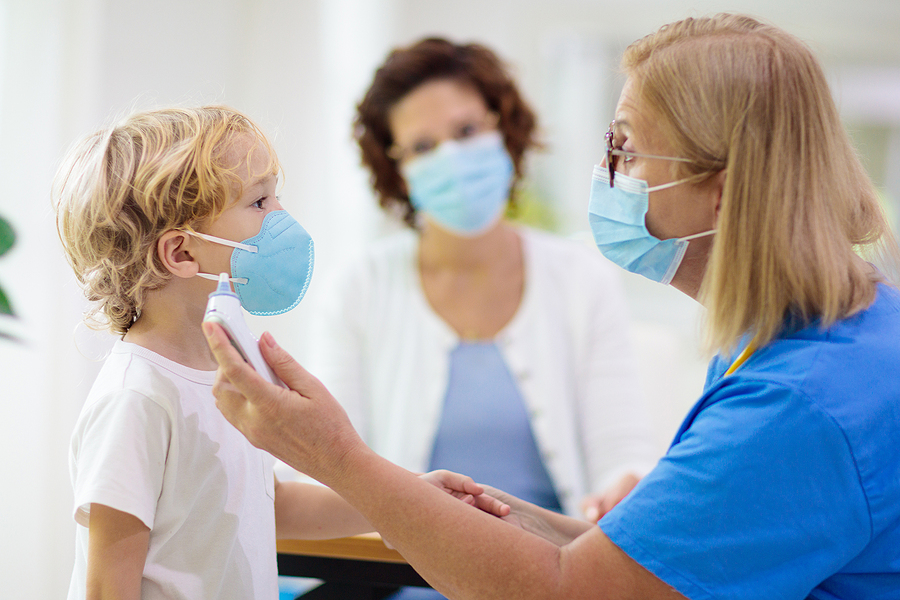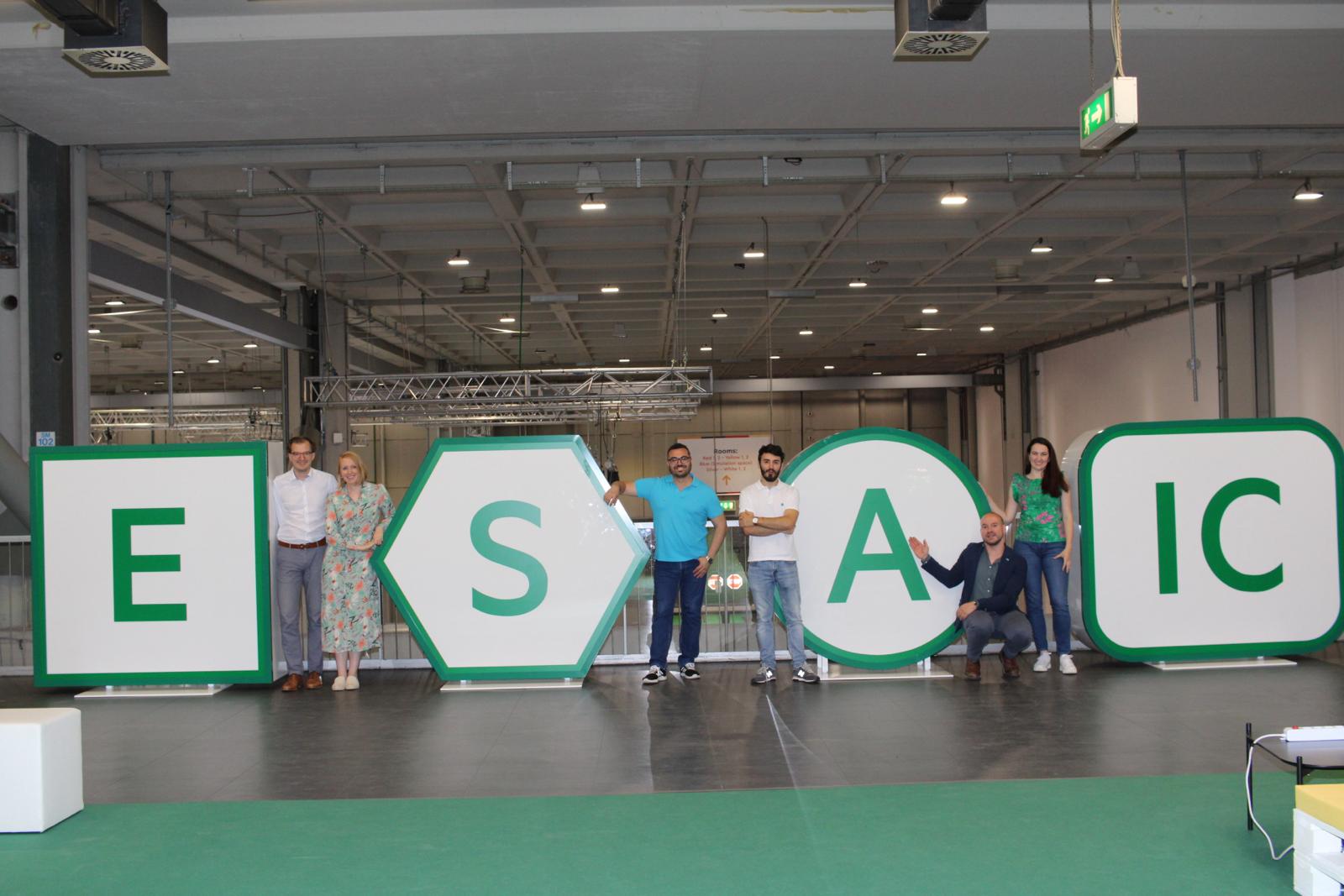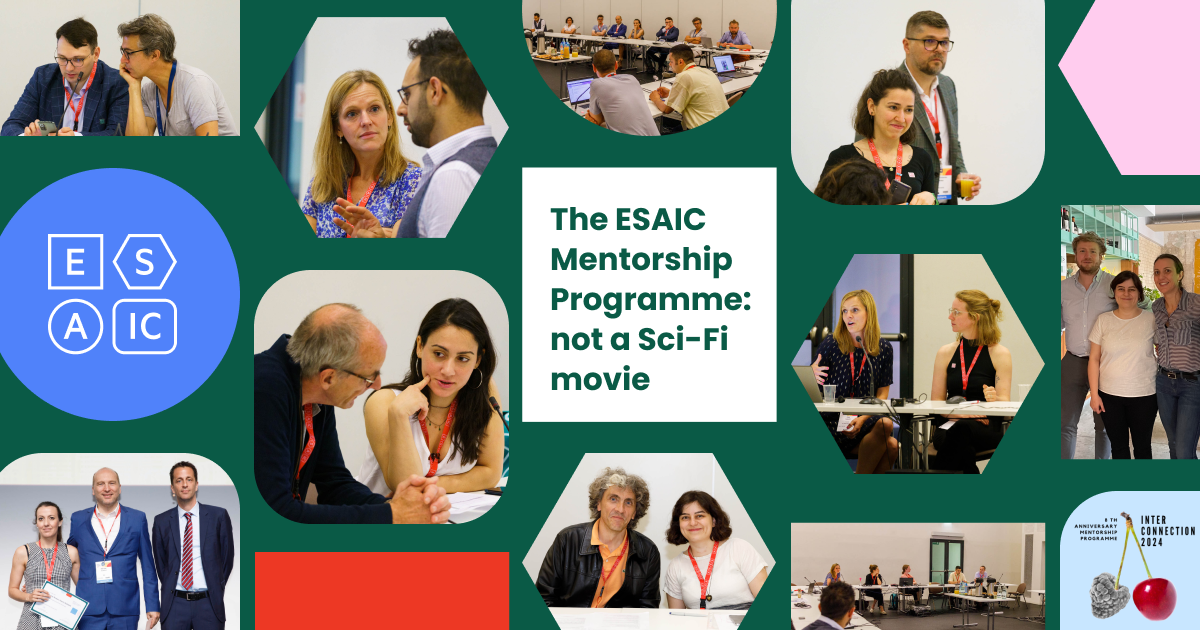ESAIC News
EA20 Newsletter: Session COVS2: COVID-19 in children
Sunday 29 November, 1130-1230H, Channel 1
It appears that children have been spared the worst of the SARS-CoV-2 pandemic, with cases of serious disease very low and deaths extremely rare. However, research continues into the effects on children, especially their involvement in chains of transmission.
In the first of this three-part session on COVID-19 in children, Dr Nicola Disma, (Chair of Research & Innovation Unit at the Department of Paediatric Anaesthesia, Istituto Giannina Gaslini, Genoa, Italy) will discuss the implications of this new disease for paediatric anaesthesia. “Children are typically susceptible to influenza complications, but luckily they have experienced lower rates of COVID-19 disease compared with adults, and paediatric mortality is extremely low,” he explains. “Among children who became ill, the clinical presentation is similar to adults, with respiratory and cardiovascular compromise.”
However, he will explain that, despite the lower prevalence in the paediatric population the impact on paediatric anaesthesia practice is enormous for the following reasons:
- Children’s hospitals have had to restructure their organisation and staff to support Covid-hospitals of the same city/region and territory health care system.
- Children coming for elective care must with tested with their parents to safely maintain paediatric hospitals as Covid-free.
- Protecting the staff is crucial with the judicious use of personal protective equipment and the application of pathways.
- Paediatric anaesthesia research is disrupted due to difficulty in obtaining consent from parents and organising clinical follow-up.
- There is a significant psychological impact of Covid-19 pandemic in children mainly due to social isolation, which might affect surgical and anaesthesia outcomes.
The second talk in this session will be given by Associate Professor Daniele De Luca, President-Elect of the European Society for Pediatric and Neonatal Intensive Care based at Antoine Béclère Medical Centre, Paris, France. “Paediatric and neonatal COVID-19 does exist. although in the beginning, we thought that this would have not happened. COVID-19 hits the paediatric population, and it is not yet clear which patient age group is more at risk among children.”
He will discuss how, unfortunately, severe cases needing critical care (for respiratory, cardiovascular or multi-organ failure) have been reported in children of all ages including neonates. Furthermore, the vertical transmission of SARS-CoV-2 has now been clearly demonstrated and although rare, it is possible.
The evidence for the best use of personal protective equipment and barriers is the subject of the final talk, given by Dr Clyde Matava of the Hospital for Sick Children in Toronto, Canada.
Read More of our special newsletter covering our virtual congress
Visit our COVID-19 Resource Hub for other news and resources.











